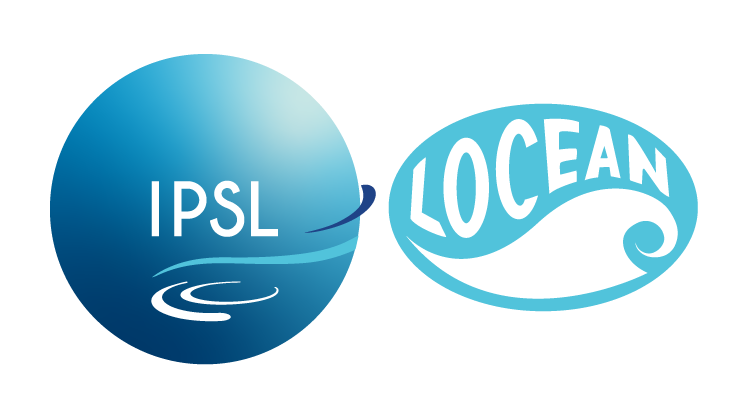
Séminaire
Phytoplankton community response to atmospheric dust addition in the Arabian Sea under different CO2 levels: An experimental Approach.
Haimanti BISWAS (National Institute of Oceanography – CSIR, Goa, India): Phytoplankton community response to atmospheric dust addition in the Arabian Sea under different CO2 levels: An experimental Approach.
Sorbonne Université 4 place Jussieu 75005 Paris Sorbonne Université LOCEAN Couloir 45-55 4e étage pièce 417
Description
The Indian Ocean receives nearly one-fourth of the global atmospheric dust deposition which is about 113 Mt. yr− 1 and the Arabian Sea is vulnerable to dust supply which can potentially modulate its surface water biogeochemical processes, particularly, phytoplankton communities. Importantly, the steady increase in Sea Surface Temperature (SST) of the Arabian Sea may intensify oligotrophy escalating the role of atmospheric dust for phytoplankton growth and community composition. Furthermore, the Arabian Sea is a natural source of atmospheric CO2 and with increasing atmospheric CO2 levels, the surface ocean may experience decreasing pH. There are studies based on satellite based measurement of dust plumes and corresponding enhancement in Chla as well as model based observations, highlighting the role of dust input on phytoplankton production from the Arabian Sea. But there was no experimental study showing how dust addition my impact the phytoplankton community in natural population. This study documented for the first time the impacts of atmospheric dust input under the simulated ocean acidification scenario on the natural phytoplankton communities from the Arabian Sea during winter monsoon. The results show that dust addition increased phytoplankton biomass (cell density and Chla) and community composition. The inputs of inorganic nitrogen and iron from dusts were likely to be the key growth-promoting factors that increased the relative contribution of micro and nanophytoplankton irrespective of the CO2 levels, whereas picophytoplankton decreased. The predominance of pennate diatoms and non-diatoms was mostly due to low dissolved silicate (DSi) availability. The cell density of the pennate diatoms Pseudo-nitzschia sp., Nitzschia sp., and Cylindrotheca closterium increased by several orders of magnitude in response to dust addition under high CO2 levels. The dinoflagellates, Alexandrium sp., and Gymnodinium sp. showed higher tolerance to high CO2 and proliferated in response to dust input. The present experimental conditions can be compared to the future ocean scenario (low DSi, OA, and dust input) where the proliferation of non-palatable/ toxigenic phytoplankton taxa may be expected which has the potential to impact ecological processes like trophic transfer, carbon cycling, and fisheries.
Informations dates et horaires
Date & Time: Wed Jun 28 2023 11:00:00 GMT+0200 (Central European Summer Time)
Room: salle du LOCEAN, couloir 45-55, 4ème étage, pièce 417


